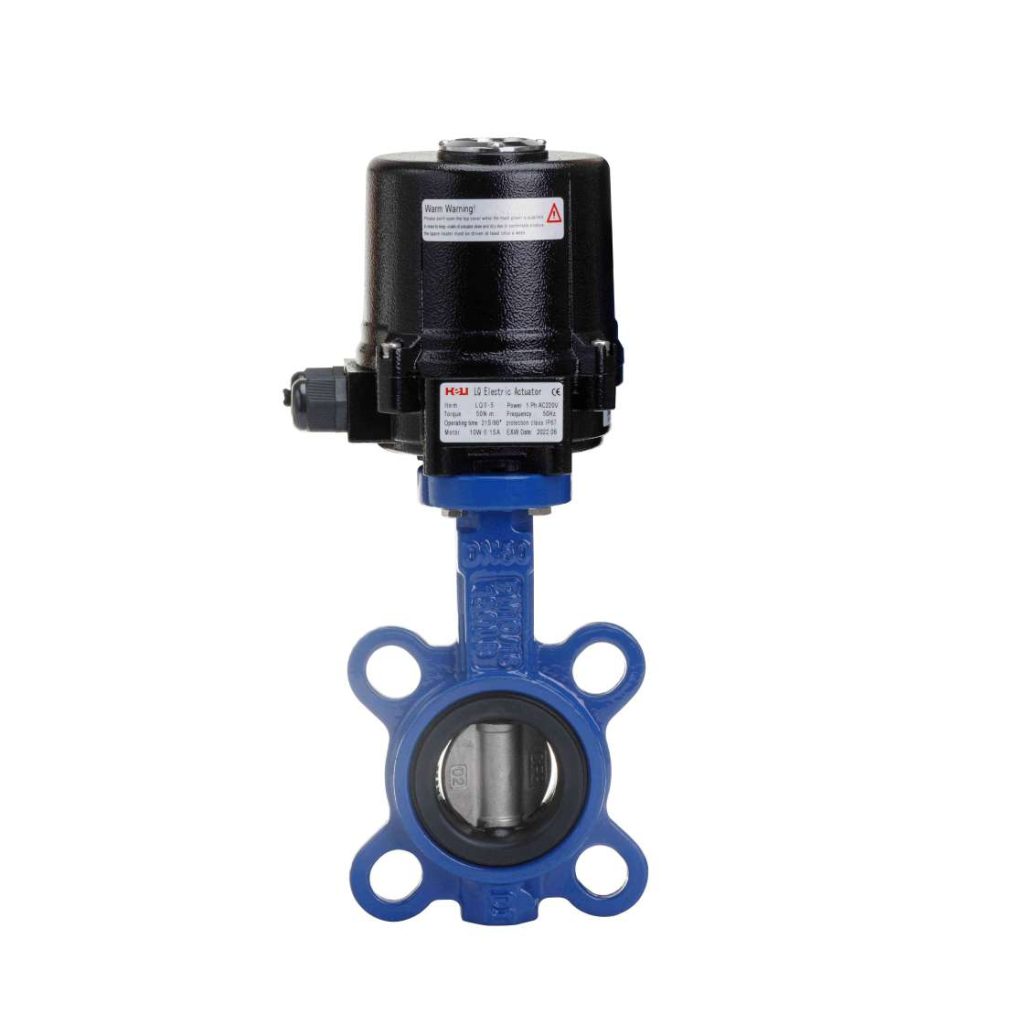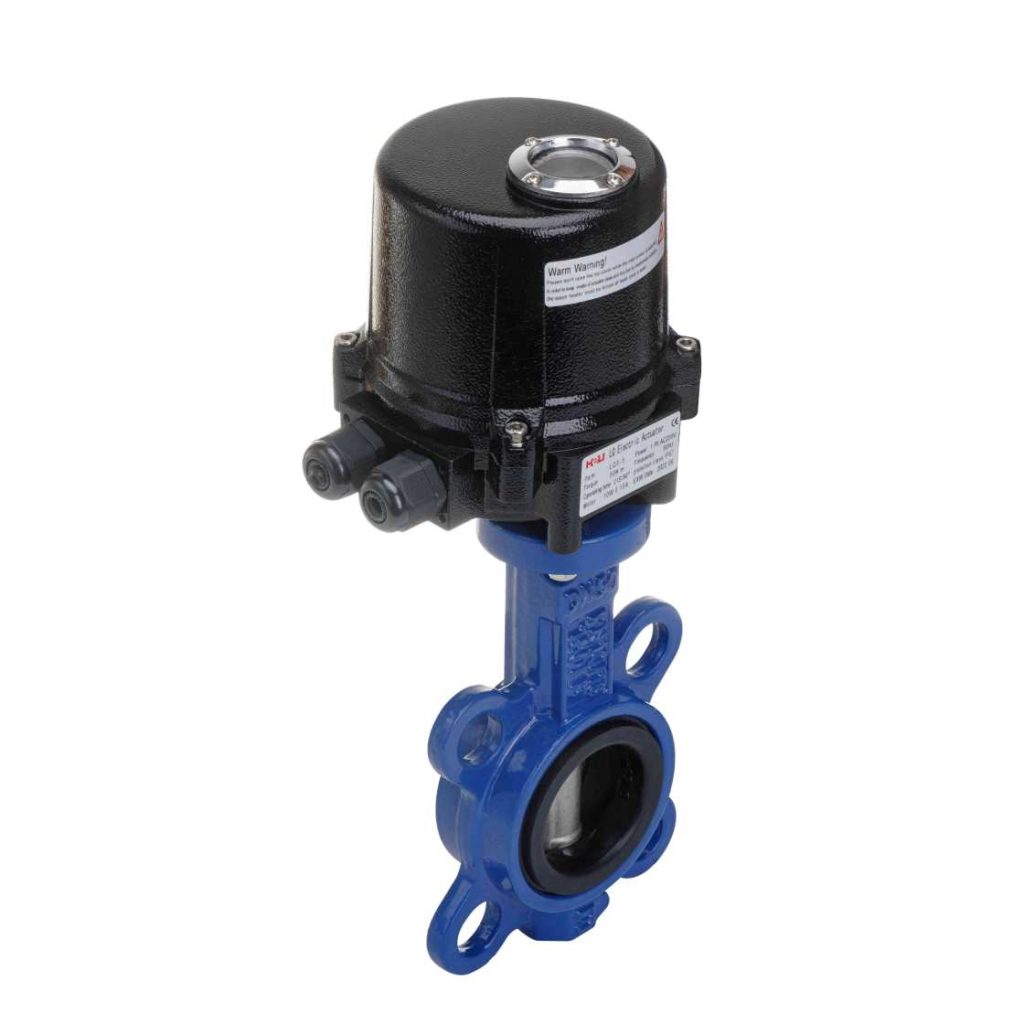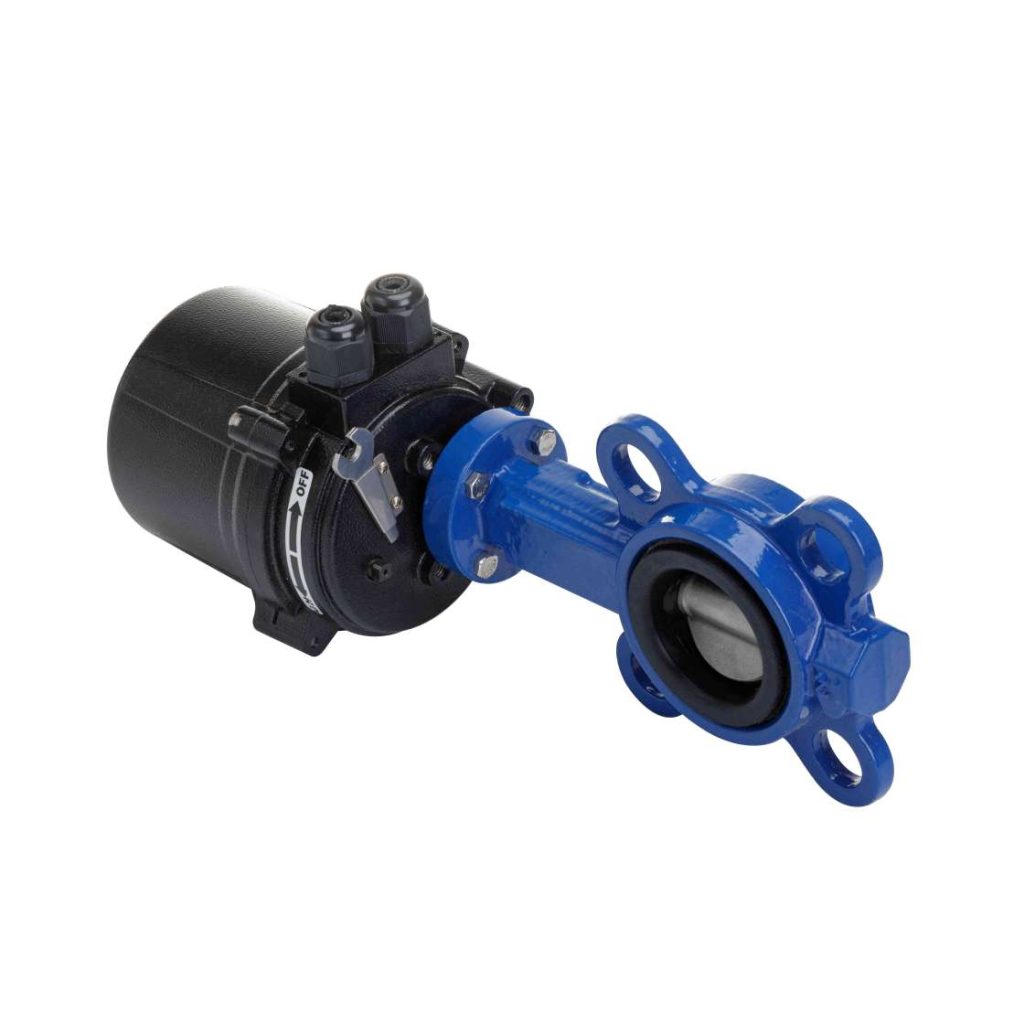The Stainless Steel Electric Butterfly Valve is an essential component in many industrial systems where fluid flow needs to be controlled with precision. Combining the durability of stainless steel with the automation of an electric actuator, this valve is used across various industries for regulating or completely stopping the flow of liquids or gases. This article explores the design, features, benefits, and applications of stainless steel electric butterfly valves.

Design and Construction of Stainless Steel Electric Butterfly Valve

A butterfly valve is a type of flow control device with a disk-shaped element that rotates to regulate the flow of fluid. The term “butterfly” refers to the shape of the valve’s disc, which resembles the wings of a butterfly. The stainless steel version of this valve is favored for its resistance to corrosion, high temperatures, and wear. Stainless steel alloys like 304 and 316 are commonly used for their excellent durability and resistance to rust, making them ideal for applications in harsh environments. The electric actuator attached to the butterfly valve provides automation and remote control capabilities. Unlike manual butterfly valves, which require physical effort to open or close, the electric version uses an electric motor to rotate the disc. This actuator is controlled by an electrical signal, allowing for precise and easy operation, especially in remote or hazardous areas.
